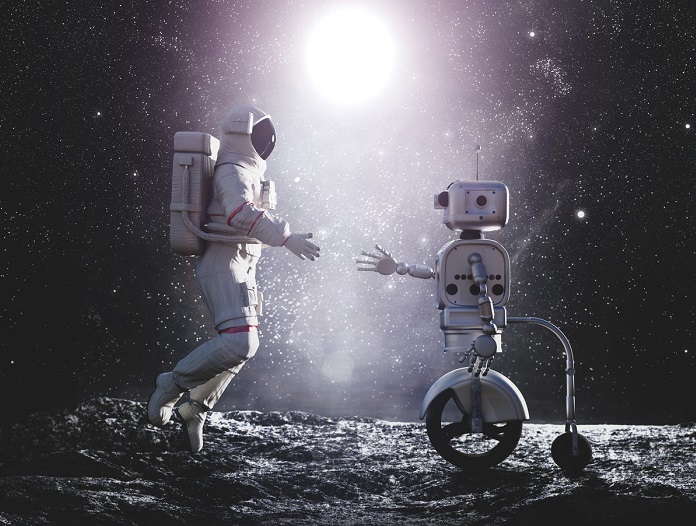Some of the biggest challenges of the next generation of astronomy lie in studying all the data. To take on the challenges, astronomers are turning to machine learning and artificial intelligence (AI) to build new tools to rapidly search for the next big breakthroughs. A research by Ashley Spindler from the department of Astrophysics, University of Hertfordshire, has thrown light on this, as reported by news agency PTI.
Here are the four ways in which AI is helping astronomers:
1. Planet hunting: There are a few ways to find a planet but the most successful has been by studying transits. When an exoplanet passes in front of its parent star, it blocks some of the light which the humans can see.
By observing many orbits of an exoplanet, astronomers build a picture of the dips in the light, which they can use to identify the planet’s properties, such as its mass, size and distance from its star.
AI’s time-series analysis techniques, which analyse data as a sequential sequence with time have been combined with a type of AI to successfully identify the signals of exoplanets with up to 96 per cent accuracy.
2. Gravitational waves: Time-series models aren’t just great for finding exoplanets, they are also perfect for finding the signals of the most catastrophic events in the universe.
When these dense bodies fall inwards, they send out ripples in space-time that can be detected by measuring faint signals here on Earth. Gravitational wave detector collaborations – Ligo and Virgo – have identified the signals of dozens of these events, all with the help of machine learning.
By training models on simulated data of black hole mergers, the teams at Ligo and Virgo can identify potential events within moments of them happening and send out alerts to astronomers around the world to turn their telescopes in the right direction.
3. The changing sky: When the Vera Rubin Observatory, currently being built in Chile, comes online, it will survey the entire night sky every night – collecting over 80 terabytes of images in one go – to see how the stars and galaxies in the universe vary with time. One terabyte is 8,000,000,000,000 bits.
Over the course of the planned operations, the Legacy Survey of Space and Time being undertaken by Rubin will collect and process hundreds of petabytes of data. To put it in context, 100 petabytes is about the space it takes to store every photo on Facebook, or about 700 years of full high-definition video.
4. Gravitational lenses: One celestial phenomenon that excites many astronomers is strong gravitational lenses. This is what happens when two galaxies line up along our line of sight and the closest galaxy’s gravity acts as a lens and magnifies the more distant object, creating rings, crosses and double images.
In 2018, astronomers from around the world took part in the Strong Gravitational Lens Finding Challenge where they competed to see who could make the best algorithm for finding these lenses automatically.
The winner of this challenge used a model called a convolutional neural network, which learns to break down images using different filters until it can classify them as containing a lens or not.








